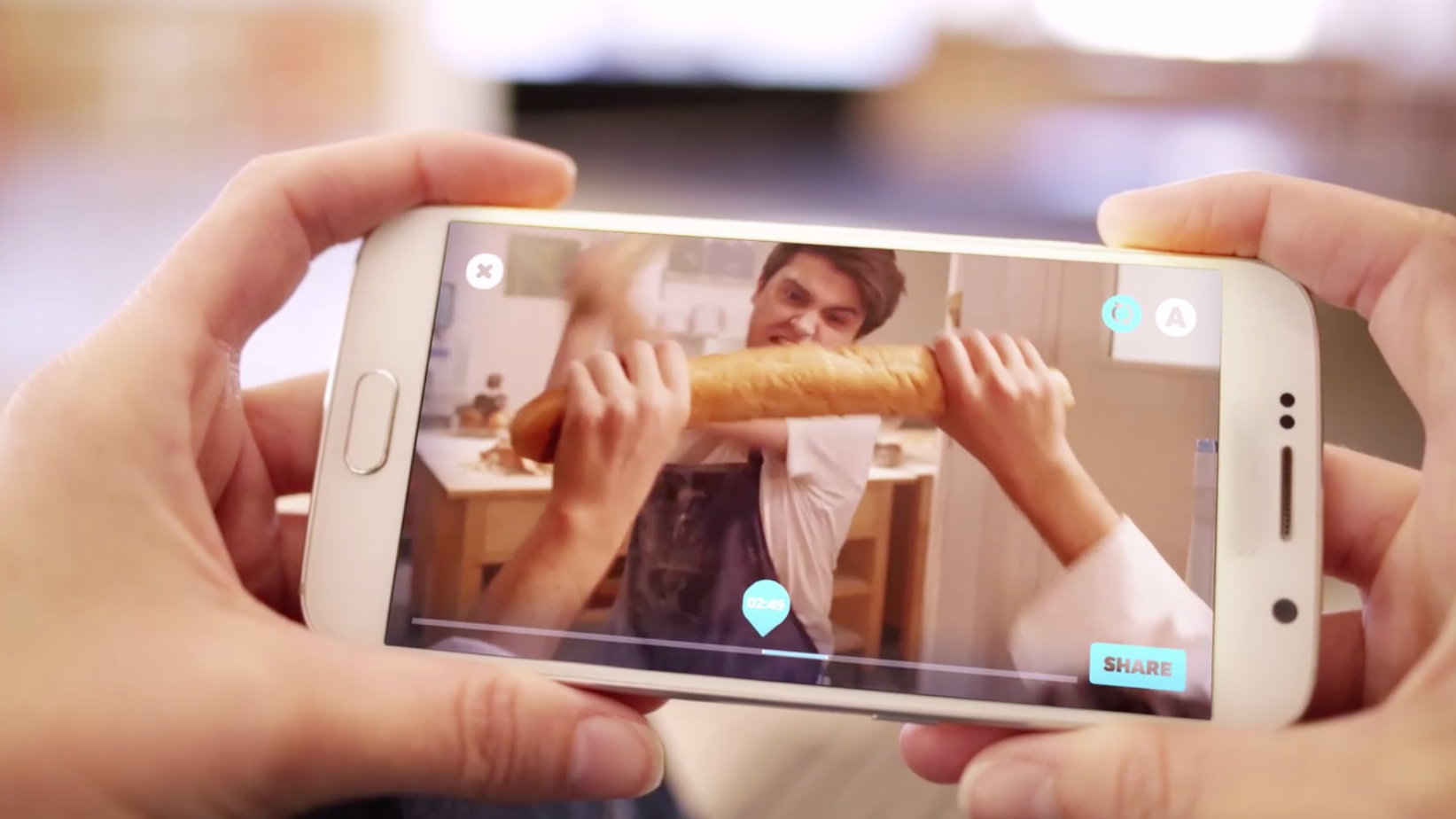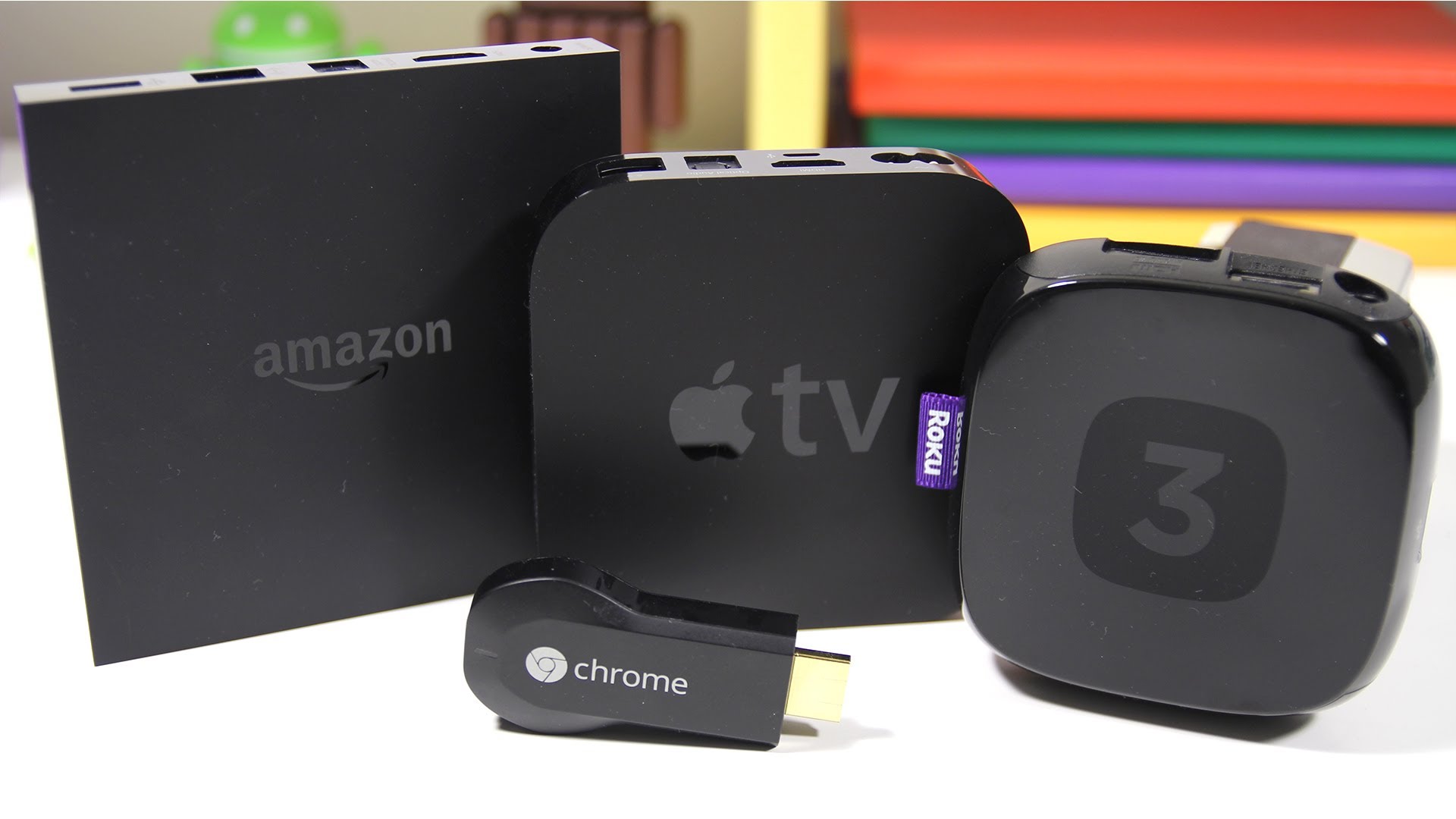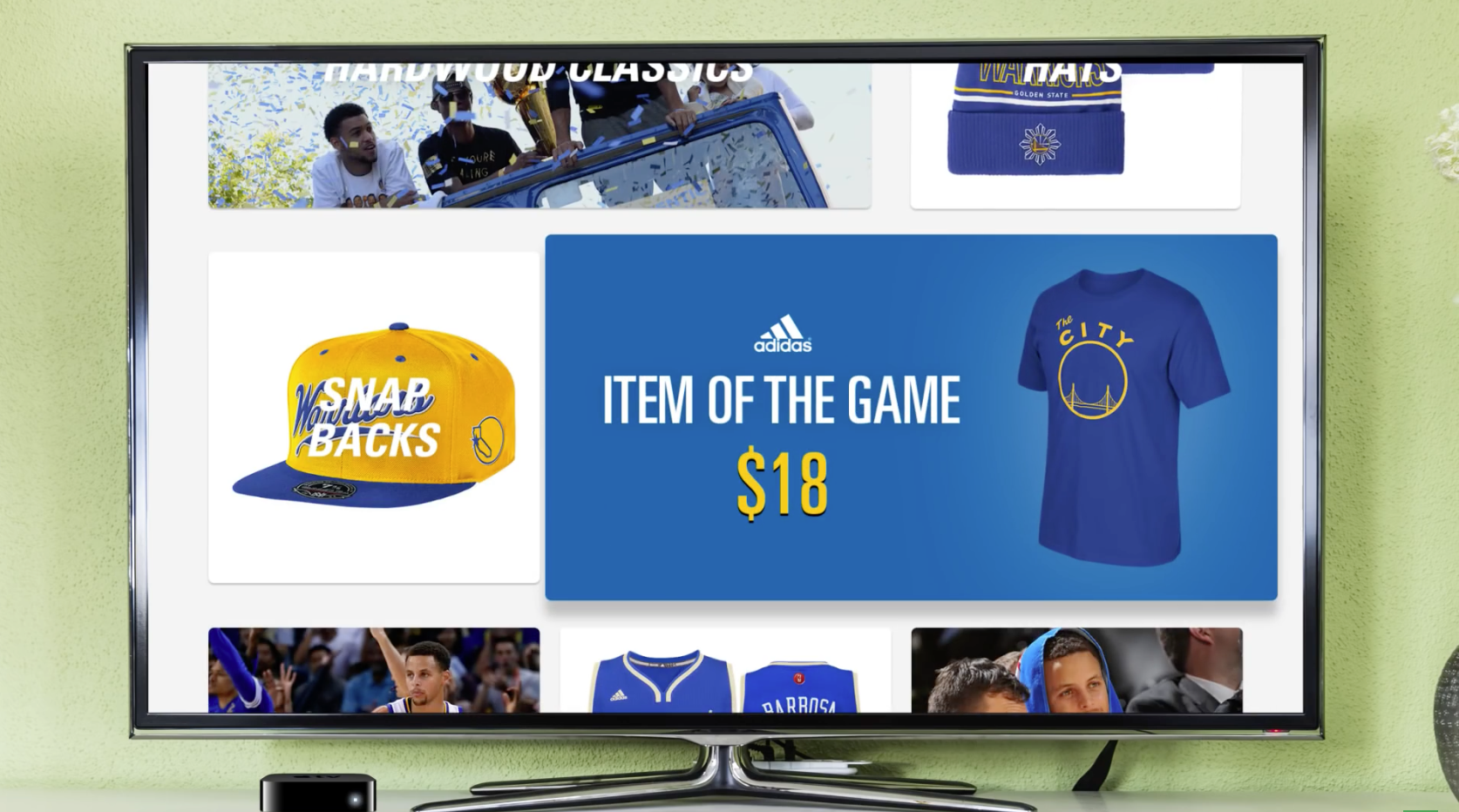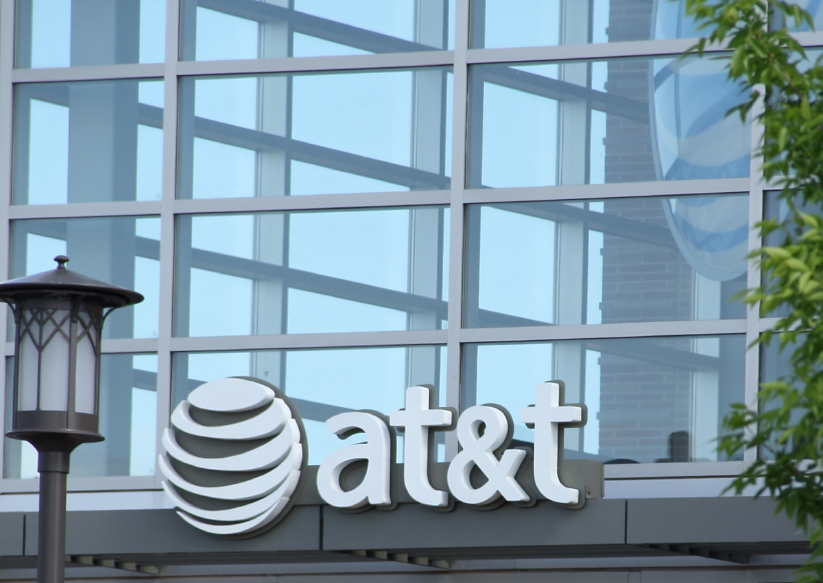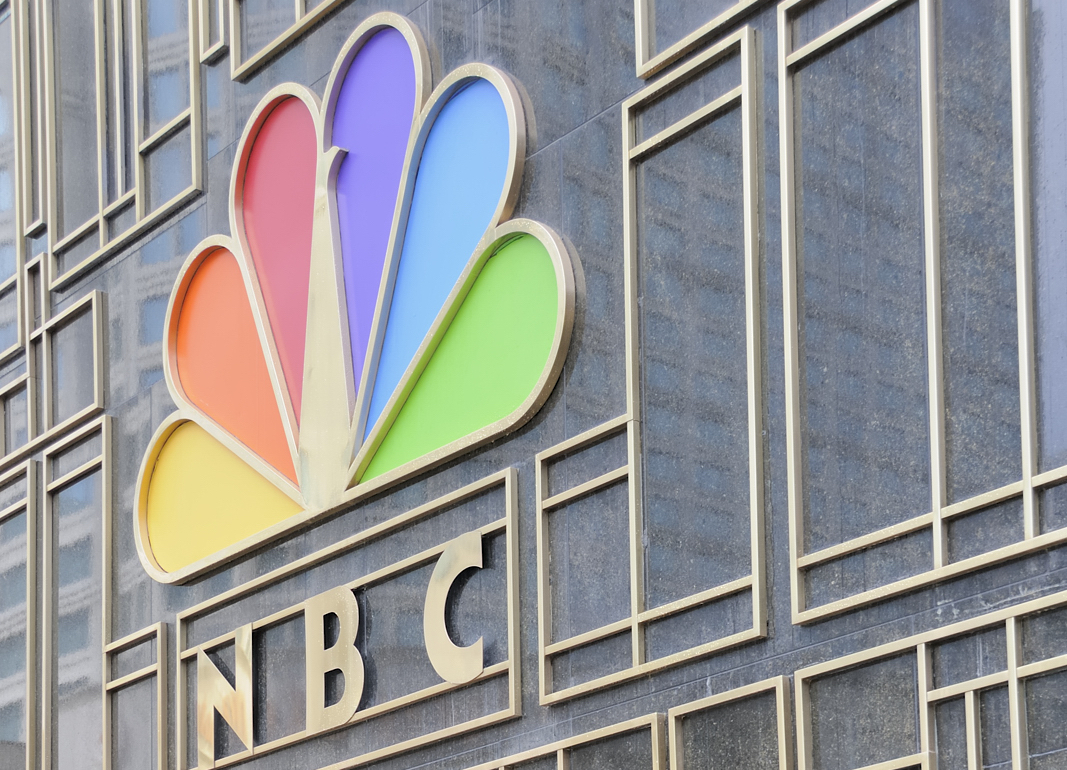What Happened
Using Facebook’s API and TV viewer data from Nielsen, TubeMogul’s programmatic platform now allows brand advertisers to buy targeted video ads on Facebook and Instagram that reach the same kind of audiences they’re targeting on TV. Brands including Expedia, Lenovo Australia, and Kraft ran campaigns in TubeMogul’s closed beta test with positive results. Brands will be able to measure campaign results with metrics such as likes, comments, shares, video completion rates, purchase intent, and sentiment.
What Brands Need To Do
As live TV viewership continues to be eroded by the large amount of content now available on digital video and social channels, it is getting increasingly difficult for brands to reach most of their target audience with TV ads alone. In this regard, this new targeting capability from TubeMogul can be of great help for brands to extend their TV ad’s reach to find their target audiences on Facebook and Instagram.
Source: AdWeek

